CHINASE | ENGLISH
bottom
NEWS
Long March 6 launch vehicle successfully launched with three satellites
At 07:50 on September 27, 2022, the Long March 6 launch vehicle was ignited at Taiyuan Satellite Launch Center, and sent three satellites including Experiment Satellites 16A, 16B, and Experiment Satellite 17 into the target orbit successfully. The launch task was a complete success. Within less than 12 hours, two launch vehicles of Shanghai Academy of Spaceflight Technology successfully launched three satellites, setting a record of the shortest interval between successive launches of Shanghai Academy of Spaceflight Technology.
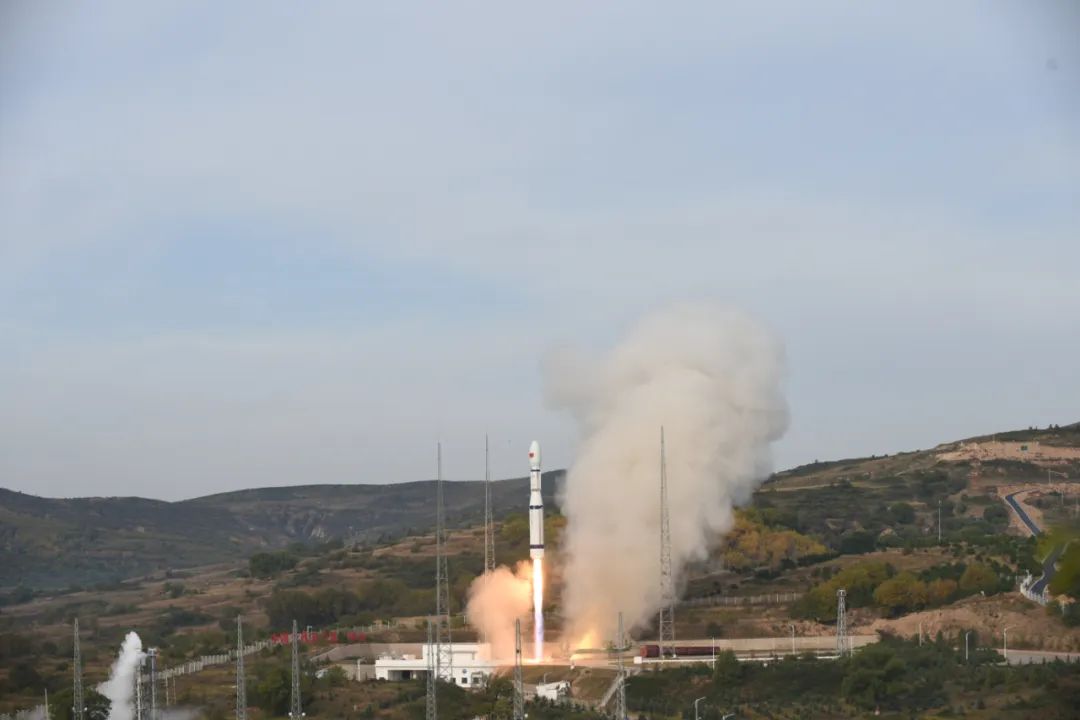
The Long March 6 launch vehicle is a cryogenic liquid three-stage launch vehicle developed by Shanghai Academy of Spaceflight Technology of China Aerospace Science and Technology Corporation. It has the ability for launching various types of satellites for different orbits, and one launch vehicle can launch one or more satellites. Its carrying capacity in the sun-synchronous circular orbit can reach 1.0t (with an orbital height of 700km).
The satellites are developed by China Academy of Space Technology and Shanghai Academy of Spaceflight Technology respectively, and are mainly used in the fields of land census, urban planning, and disaster prevention and reduction.
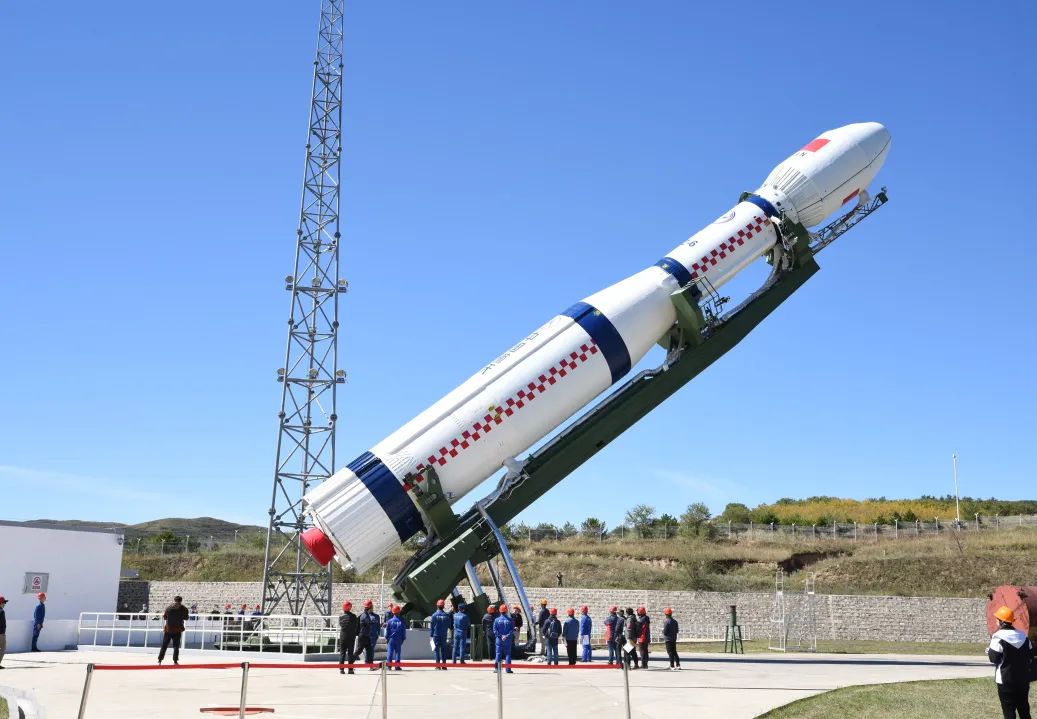
Long March 6 test team: Finished the task successfully through “pre-planning + in-process control” and “careful operation + fine management”
In order to adapt to the task better, the Long March 6 launch vehicle is equipped with a fairing with a larger diameter of 2.9m, and adopts the technique to make use of the upper wind. Use of the upper wind load reduction technology can effectively reduce the additional load from crosswinds, and enable the launch vehicle to adapt to the wind field better.
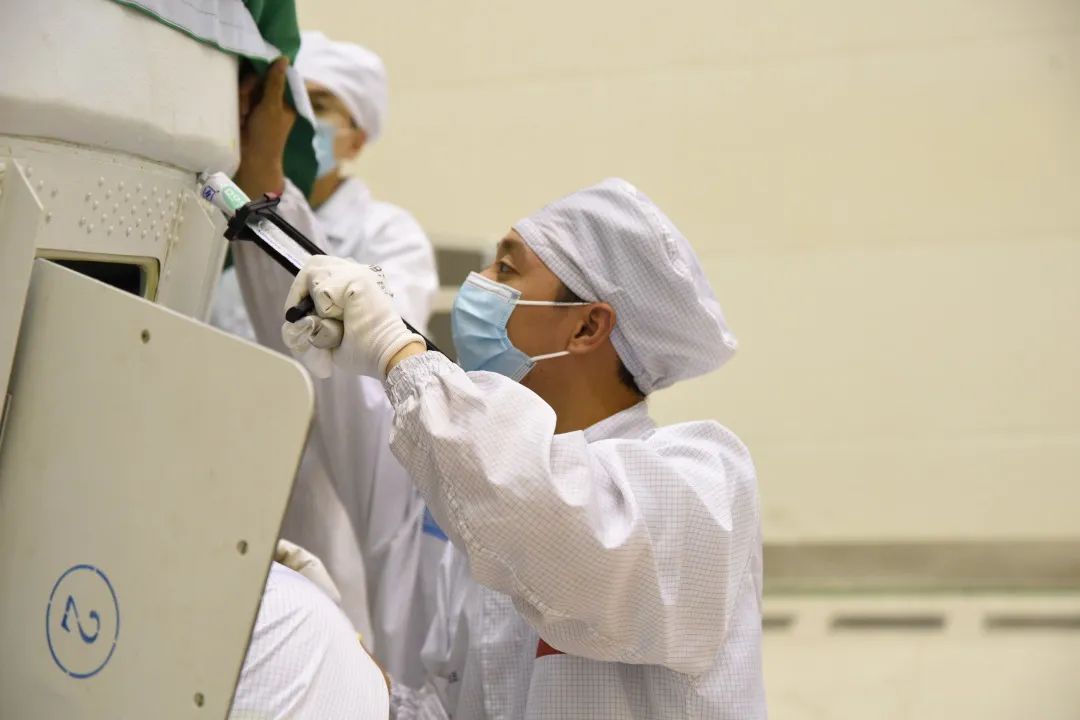
In order to arrange the working time at the launching site rationally, the model team optimized and adjusted the time to add kerosene. Considering that there are no fixed gantries in the launching area of the Long March 6 launch vehicle, and there is no environmental guarantee for open-air parking, the model team made sufficient technical verification and risk analysis for adding the kerosene in advance to ensure the thorough data analysis, rational and feasible planning, and proper work arrangements, which ensured the success of the task with high quality.
In order to help the test team members keep thinking about the technology and status, the model team also organized the “one person, one lecture” activity. A total of 16 special lectures were given, which covered all the systems of a launch vehicle. The academic salon provided test team members with a platform for technical exchanges, which deepened their understanding of different specialties, so that they could master the principles, thoroughly understand the technology, know about their skills and the requirements of the task better, and contribute their wisdom for the success of this task.
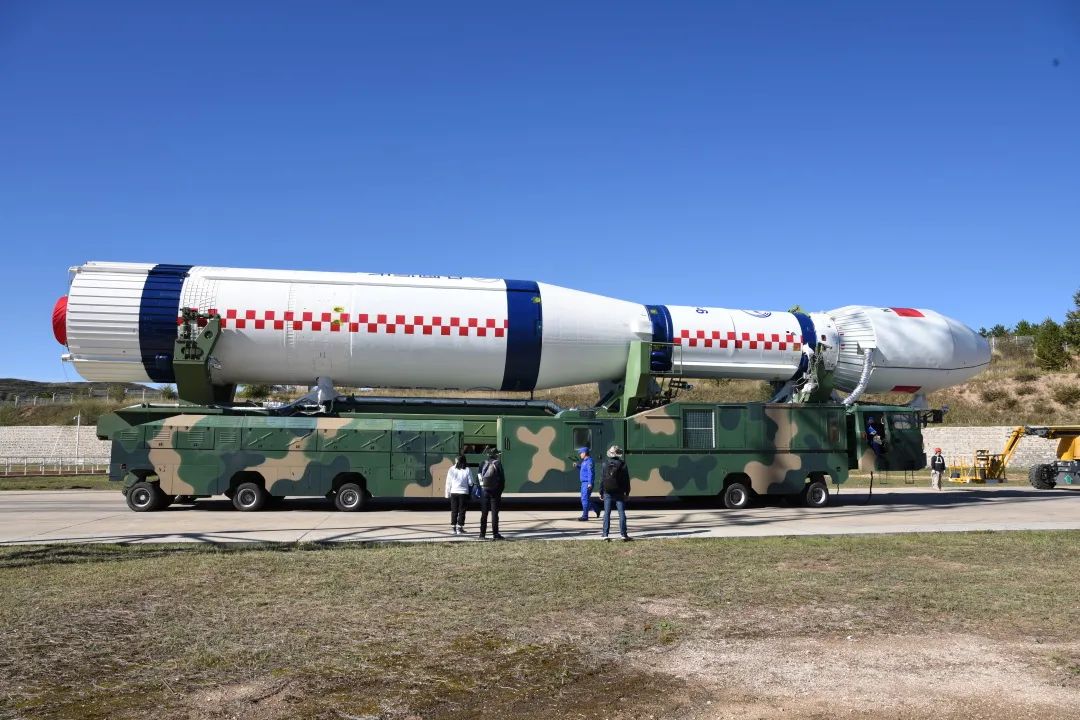
The development team of Long March 6 carrier rocket based the work at the launching site on digital quality validation. It successfully finished the work at the launching site through “pre-planning + in-process control” and “careful operation + fine management”. It also used the digital management system at the launching site to check and validate all work quality records to improve the quality validation efficiency at the launching site, and ensured each day’s tasks can be finished before the end of the day. Meanwhile, in this task, the team also reaffirmed that all the systems were covered in the test before transfer and launching. The systems also made four-intersection analysis of the operation basis, criticality analysis, and control measures for all operation items and stages at the launching site, with a focus on the key operations, to ensure the launch mission can be finished successfully.
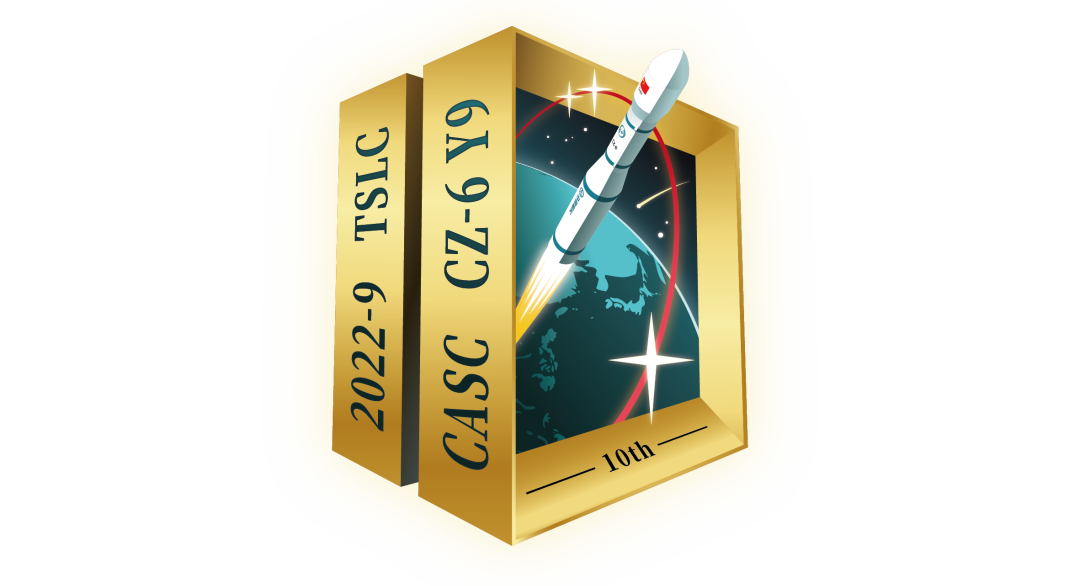
This launch task is the 440th launch task of Long March launch vehicles, the 170th flight test of Long March launch vehicles developed by Shanghai Academy of Spaceflight Technology, and the 10th launch task of the Long March 6 launch vehicle.
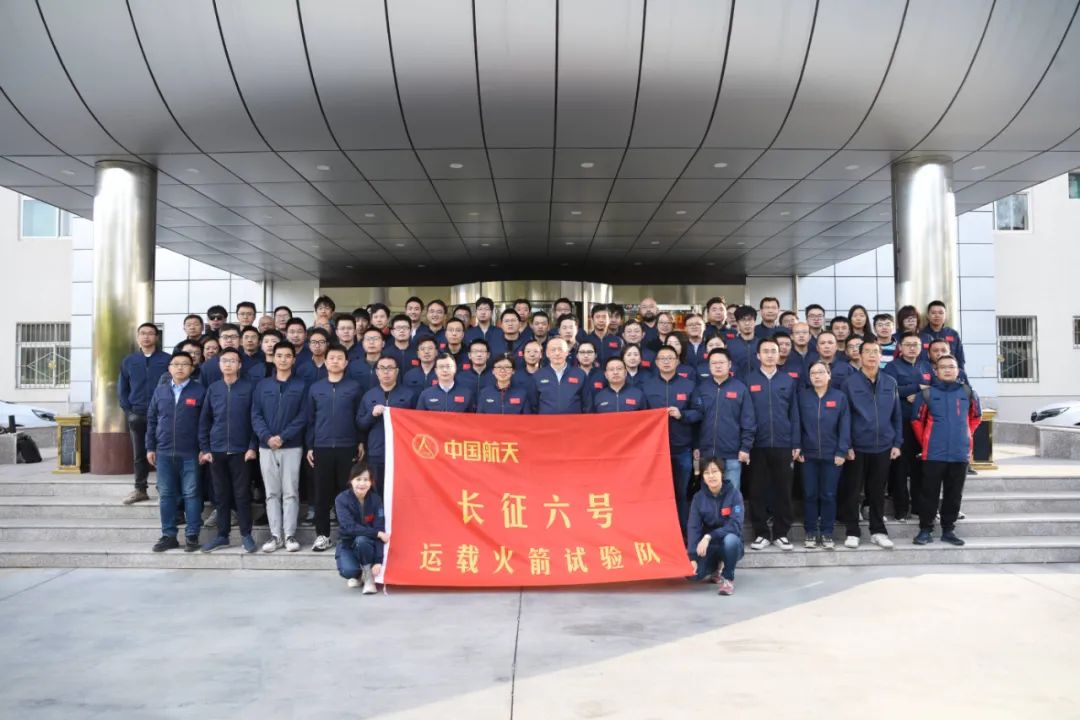
CASC
Test team of the Long March 6 launch vehicle
Satellite test team: Developing the new model of micro-nano satellite development with high functional density, a low cost, and quick design, quick development, and quick AIT
Since the approval of the project, the development team of Experiment Satellites 16A and 16B adhered to the work style of “strict, careful, serious, and practical” despite the challenges such as lack of development funds, new loads, great technical difficulties, short development cycle, and lack of staff, and successfully developed a new micro-nano satellite development model with high functional density, a low cost, and quick design, quick development, and quick AIT. With the design concept of delicacy, refinement and simplicity, the two satellites were developed by the adoption of multiple innovative technologies, which further enhanced the research and development capabilities of micro-nano satellites of Shanghai Academy of Spaceflight Technology, and laid a solid foundation for the subsequent development of Shanghai Academy of Spaceflight Technology in the micro-nano remote sensing field.
Faced with the dual pressure of “reduced cycle + reduced cost”, the project team adopted a serialized design model for satellite platforms, and developed model spectrum management for off-the-shelf products, so that the satellites can be flexibly configured according to functional requirements. At the same time, facing the new requirements of mass manufacturing, the team vigorously streamlined the satellite development process and simplified the satellite test verification process. The design simulation was followed by the AIT of the satellite directly for the engineering development of a whole satellite, which greatly improved the development efficiency.
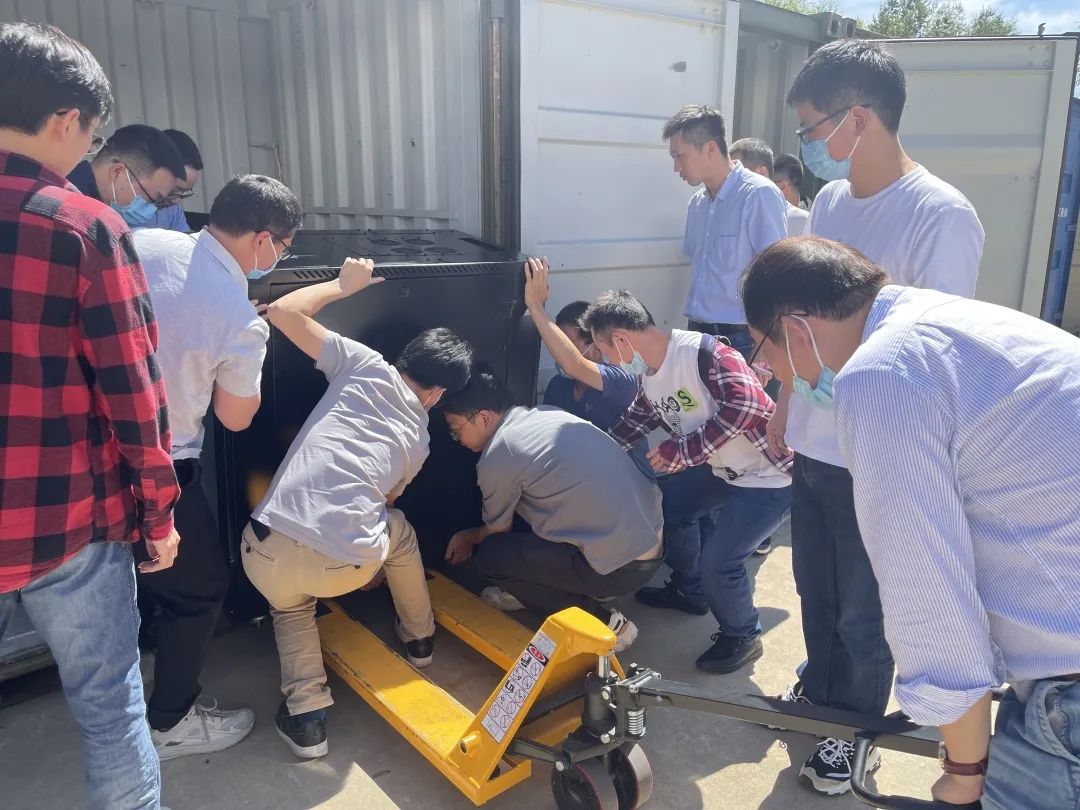
Relying on the virtual test technology, the project team, on the basis of unified design of multiple satellites, conducted the mechanical and thermal environmental qualification tests on typical satellites. It corrected the simulation model with the test data, and improved the confidence of the simulation results, which achieved the goal of testing the integral performance via partial test, and effectively reduced the cost of environmental tests. The adoption of industrial-grade components and off-the-shelf products greatly reduced the assembly cost of the whole satellite. At the same time, the environmental test strategy of overall optimization and local reinforcement was adopted to ensure the reliable operation of low-grade products. These measures have greatly shortened the development cycle and effectively reduced the satellite development cost without reducing the reliability of the whole satellite. Thus a new model of low cost and quick development of micro-nano satellites has been successfully developed.
Following the design thought of “board card-based design of a single unit and integrated design of the whole satellite”, the satellite adopts highly integrated and standardized designs. The integrated electronic parts and PCDU are further integrated based on the current design, and the electronic system of the whole satellite is simplified to a single unit. Meanwhile, the single unit backup is replaced by system function redundancy to minimize the hardware configuration, so that the satellite can have high functional density with a small weight and a small size.
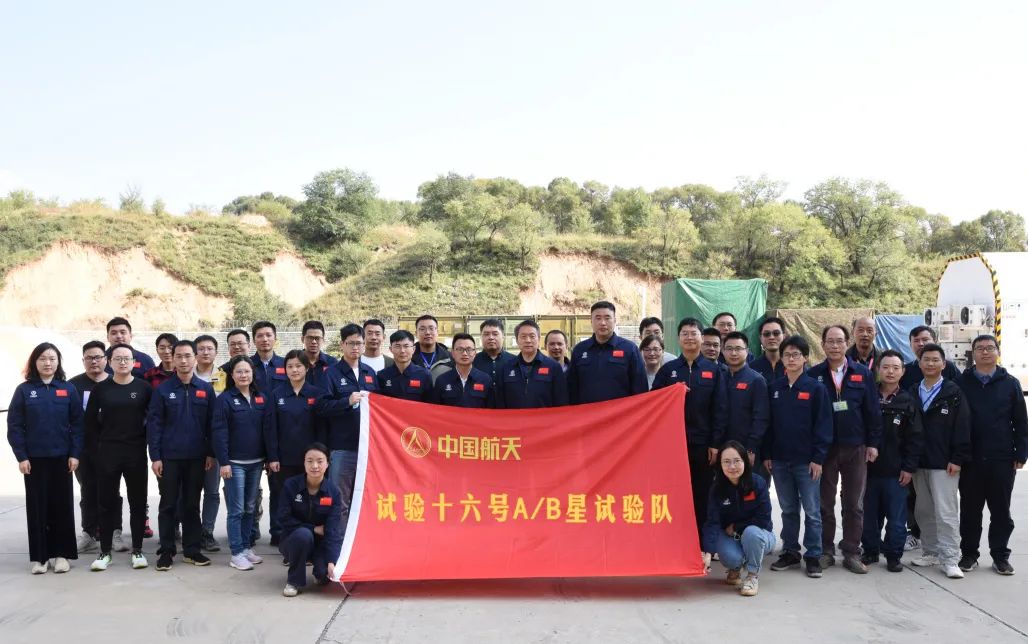
CASC
Test team of Experiment Satellites 16A and 16B
After the satellite project team reached Taiyuan on September 6, it effectively coordinated resources such as the testing personnel, final assembly test equipment, and test stations, and performed the tests in the technical area such as the electrical test of the whole satellite alternately and concurrently through careful planning, fine organization, and precise implementation. Through the joint efforts of all the team members, the test team efficiently finished the electrical test, final assembly and satellite-rocket docking of three micro-nano satellites on the same platform at the launching site within only two weeks, and successfully passed the transition review, which provides invaluable experience for optimizing the process at the launching site and simplifying the test items at the launching site.

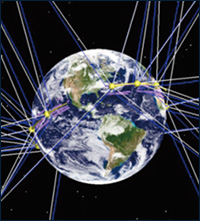
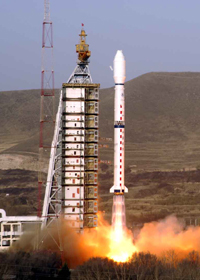
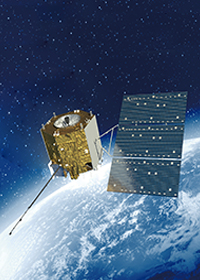

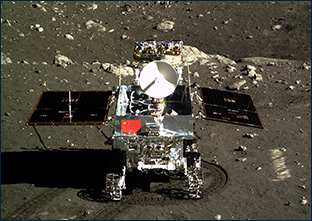
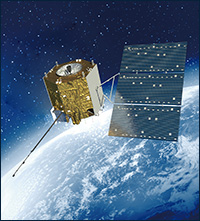

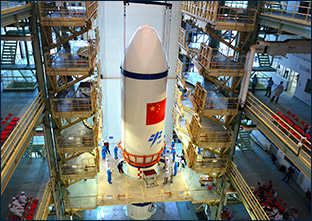



 DOWNLOAD
DOWNLOAD E-MAIL
E-MAIL